What's Wrong With The New Formula 1 Car From Alpine?
.jpg)
With their 2024 Formula 1 vehicle, Alpine realized that it would be necessary to make one step backward in order to possibly make two ahead.
Teams that make such a drastic shift in course will inevitably go through a learning curve as they figure out how to get the most out of their new platform.
But in Alpine's case, the makeover for this year hasn't produced the desired results yet, as it has just made its A524 dreadfully slow in the first two races.
Leading team members' concerns that the campaign would be difficult to begin have come true, yet matters have actually become worse since the French automaker is presently ranked close to the rear of the pack.
It's been a difficult start to the season, as team principal Bruno Famin said before to this weekend's Australian Grand Prix. In actuality, it's been harder than we anticipated.
"We need to keep moving forward and deepening our comprehension of the reasons for our underwhelming performance and, eventually, how we can enhance the package. We obviously need to address these problems right now.
The Problems Alpine Needs To Address

The challenge for Alpine is that it is dealing with problems on many fronts, and if it is to make any progress, the team must deal with a number of concerns.
Former technical director of the team Matt Harman spoke candidly about the causes of Alpine's issues just before word of his departure broke at the Bahrain Grand Prix. Three issues in particular stood out.
It is aware that its power unit is inferior to that of the adversary, which is why it is fighting with one arm tied behind its back. An estimate of the shortfall would place it between 15 and 30 horsepower, depending on whose numbers are more trustworthy. The time wasted in the very tight midfield matters.
In addition to the power issue, Alpine started the campaign with an overweight vehicle. Although the team has not disclosed any numbers about the precise amount of surplus heft it is carrying, this has been widely debated in the public.
According to one account, up to 15 kg more was added than was initially planned due to temporary measures required to bulk up the vehicle in order to pass a particular crash test during the winter, pushing it from below to much beyond the minimal weight restriction.
When questioned if any crash-test failures had contributed to the additional weight, Harman said, "Not some, it was one in particular," but it is unclear how true that number is given how disproportionate it looks. It has contributed somewhat to some of that.
"But remember, we have to work very hard on the crash testing. It is simple to fail at nothing. Without a doubt, we can do it.
"I believe that the Enstone employees responded and reacted to it rather well. And I'm very pleased with everyone. That was the day of the filming. We demonstrated really high dependability while we were at the test. All that's left to do is fix that master ship.
Harman said that the team has a well-defined strategy in place to deal with the issues and return to the 798 kilogram limit.
"We are aware of the precise location of the weight and how to remove it," he said. "Getting it to the car and testing our operating system is the main focus."
If I'm being really honest, this isn't where we want to be. However, I believe that we will return to the weight restriction in a very short time.
However, it doesn't seem like those two problems are the main source of trouble for Alpine. The true issue, meanwhile, is with the back of the vehicle, where Pierre Gasly and Esteban Ocon are struggling due to a deficiency in both downforce and traction.
Harman has mentioned what he refers to as "CLR," or coefficient of lift, rear. Put simply, this implies that in order to counterbalance the downforce it has found up front, the A524 has to generate additional downforce in the back. Things will be challenging until it provides that.
He said, "We need more CLR—we need more load in the rear of the car—like most people do at the beginning." "We would want the automobile to have more traction.
"We made several adjustments to improve our mechanical traction. We now need to add some sophisticated aerodynamics to it to make it better.
Performance Limit

Harman said that even though the current state of affairs is far from ideal, Alpine had no choice but to take a chance since using its own design would have quickly reached a performance limit.
"We started to find it more and more difficult to find performance halfway through the A523," he added.
Because of our cost/benefit analysis, adding extra performance to the automobile was more difficult to justify. Thus, long before then, we reasoned, "Let's try to realize that potential and try to return to where we were in 2022."
Furthermore, Harman made it apparent in his speech in Bahrain that the choice to try something different this year was meant to prevent problems later on, even if he would no longer be contributing to the recovery effort now that a new technical organization has been put in place.
"We need potential with this car for two years, so it was a brave decision to make," he said. And we could have difficulties down the road if we don't do it. That was the main objective of this.
Alpine will undoubtedly be hoping that its choice was the correct one and that the suffering it experiences now will ultimately pay off in the long run.

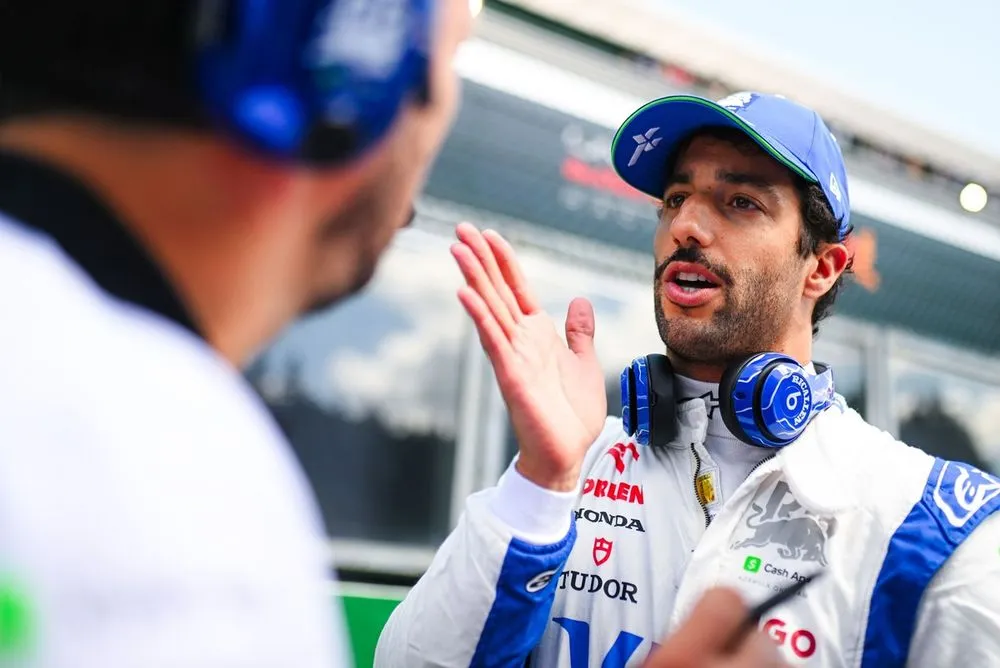
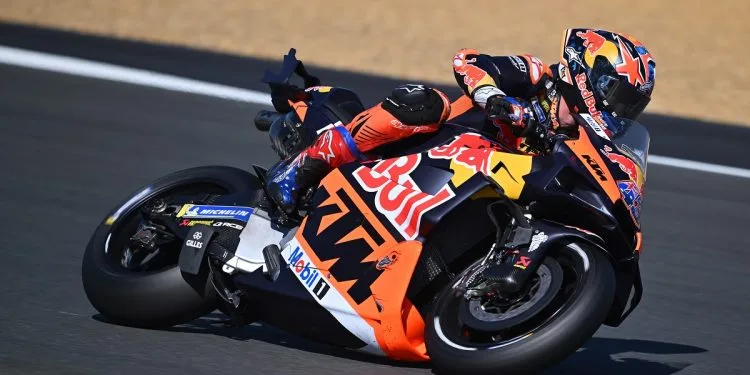
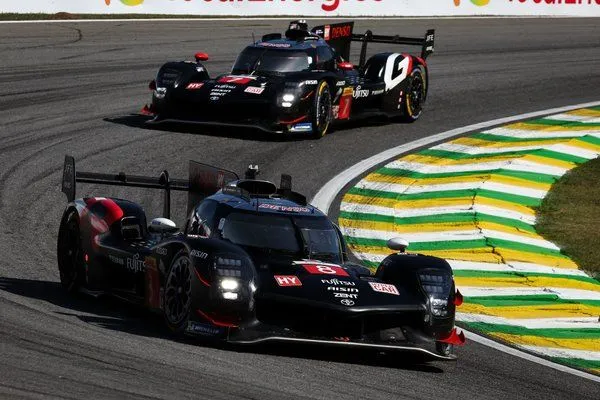
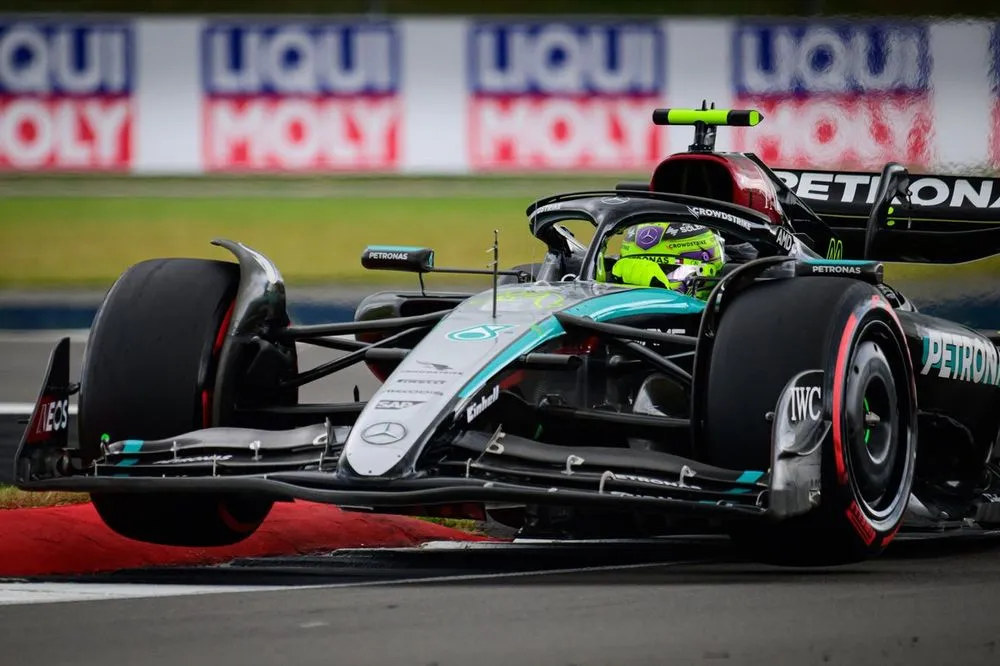
.jpg)
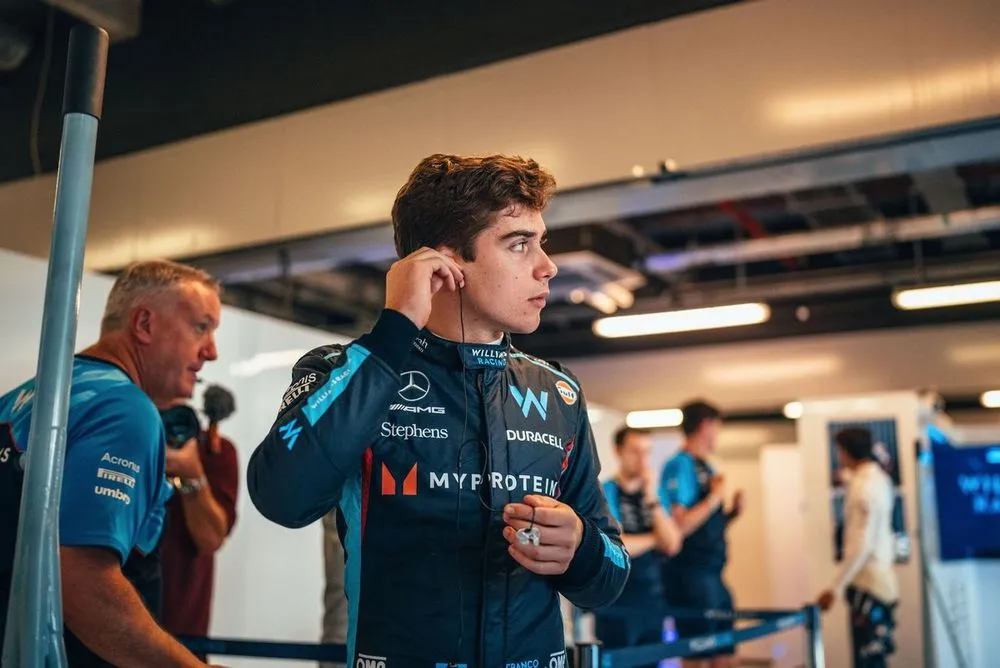



.jpg)
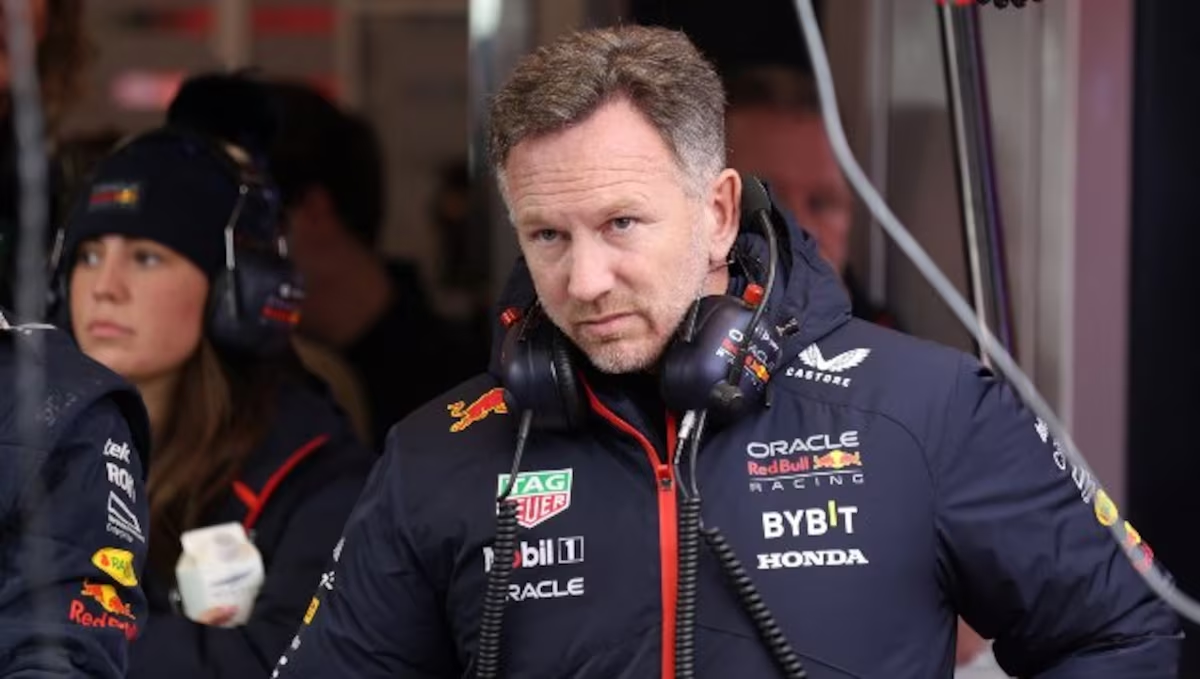
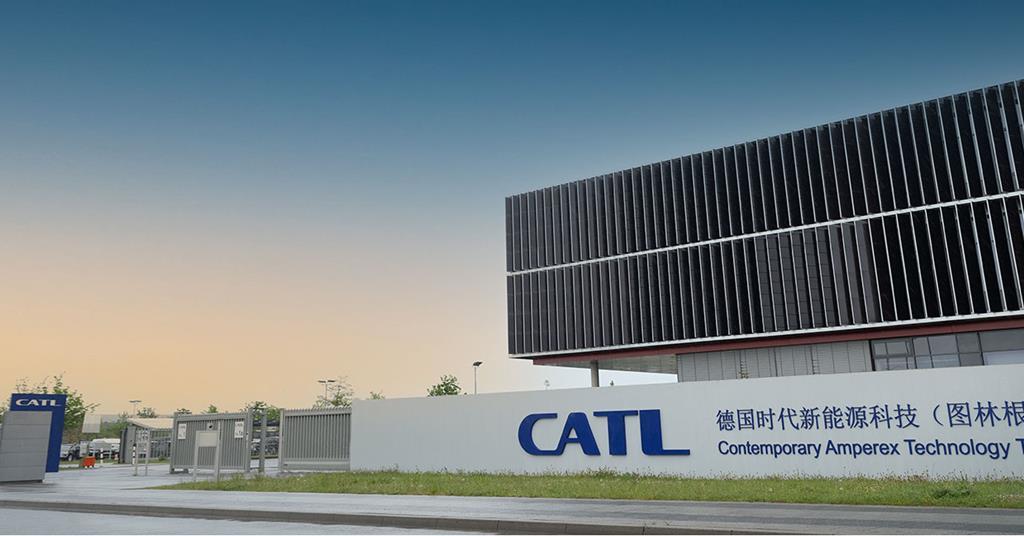
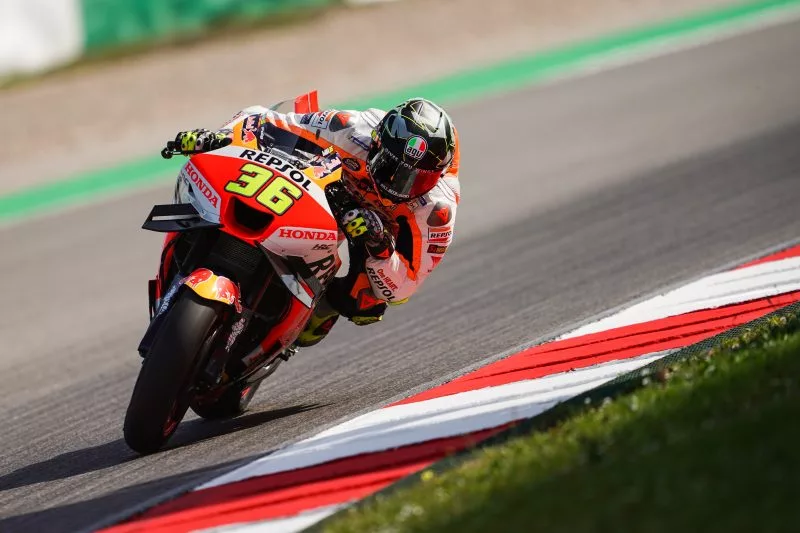
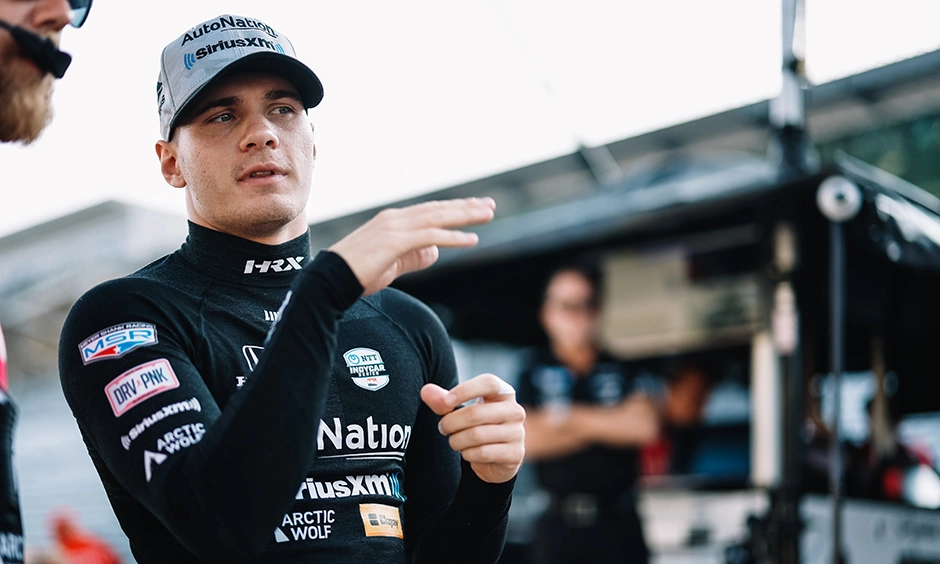
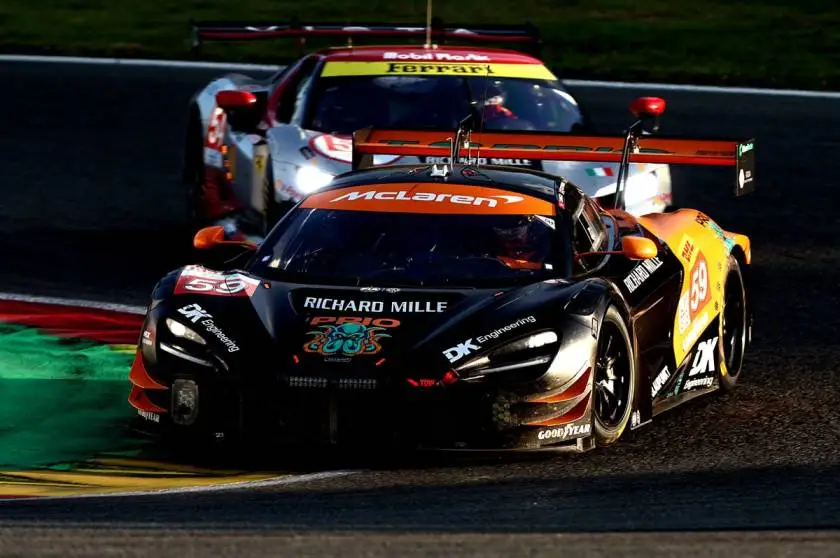
.jpg)
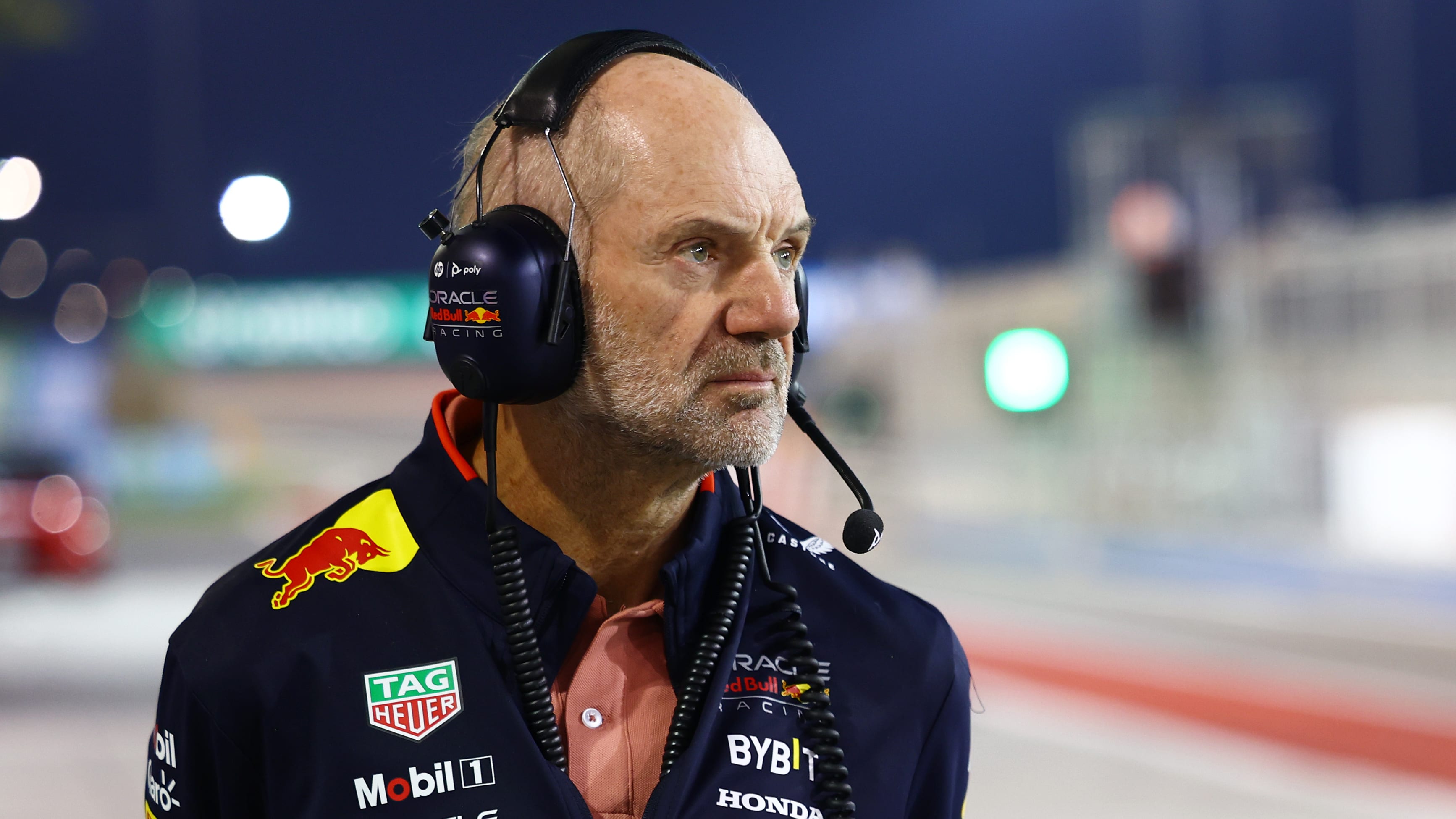
.jpg)